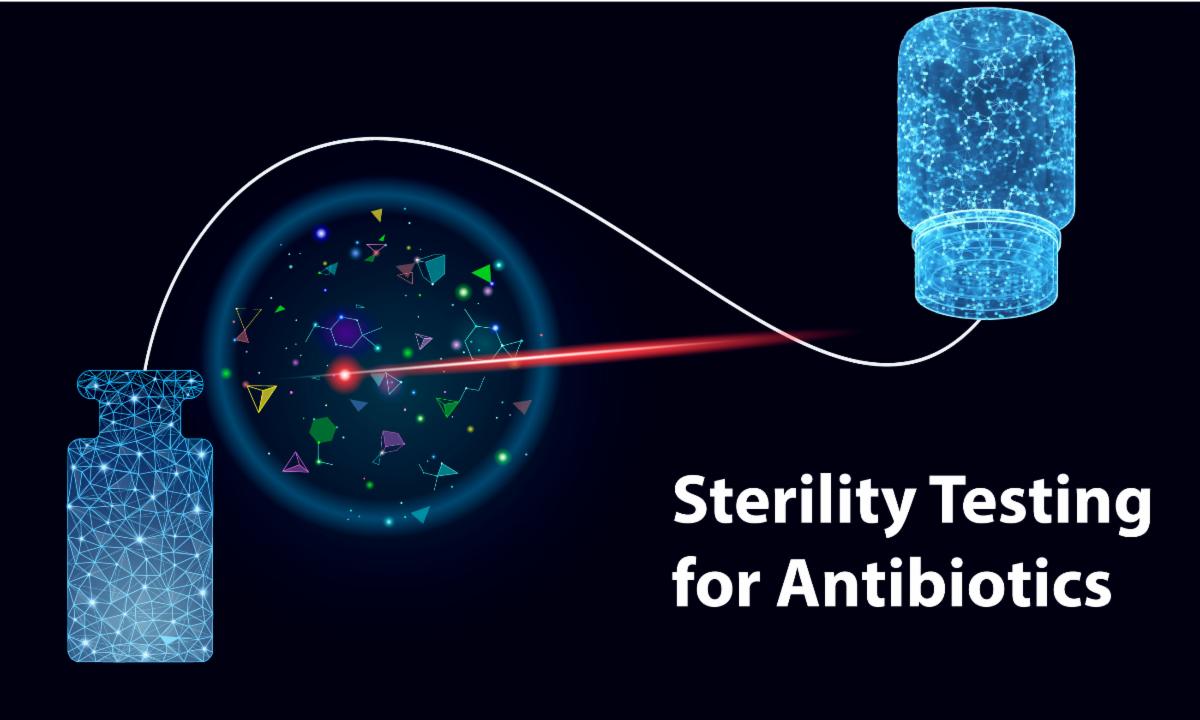
Antibiotics contain antimicrobial ingredients that either kill bacteria or prevent their growth. However, antibiotics can still pose risks to patients due to potential microbial contamination. It is crucial for pharmacies to ensure microbiological safety through a combination of process controls and sterility testing.
Sterility testing confirms the absence of microorganisms in a drug product. Because of their antimicrobial properties, antibiotics can interfere with sterility tests designed to detect microbial contamination. The extent of this interference may vary based on the active ingredients, inactive ingredients, preservatives, and the vehicle used in the formulation. No contaminating microorganisms can be present in the sample under the specified test conditions for a drug product to pass sterility testing.
Sterility test conditions include:
· Use of culture media that promotes microorganism growth
· Test methods selected based on sample type, container, volume, and filterable or non-filterable products
· Number of samples tested
· Incubation of media and examination for microbial growth
Method suitability is required for all formulations and test methods to demonstrate the validity of the sterility test. For the membrane filtration sterility test method, the preferred method according to USP 71, the sample is passed through a set of filters, the filters are rinsed, and each filter is placed in contact with growth media and incubated. In the direct inoculation sterility test method, the sample volume is inoculated into each growth medium and then incubated.
ARL Bio Pharma may add steps to the test method to ensure the effectiveness of the sterility test for antibiotics. These steps help eliminate or neutralize antimicrobial activity, making it possible to detect contamination, if present.
Additional steps for antibiotic sterility testing may include:
· Use of neutralizer or inactivating agents (e.g., Beta-lactamase to inactivate beta-lactam antibiotics)
· Utilizing a low-binding filter to ensure inhibitory residues are fully removed
· Pre-filtration dilution step before passing the sample through a filter
· Neutralizer added to the rinse medium
· Increasing rinse medium volume
The method is considered valid once the sample successfully passes method suitability testing by demonstrating that the inhibitory or antimicrobial properties do not prevent the sterility test's ability to detect viable microorganisms. Alternatives to membrane filtration and direct inoculation test methods are acceptable, provided the method is validated in accordance with USP 1223 and method suitability is established.
Visit ARL's Client Portal for antibiotic sterility testing sample requirements, pricing, and sample submission.
